How Learning Circuit Board Design Can Impact Future Engineers

STEM is a vital field of study. The world has always needed engineers and scientists, and as technology becomes a more prominent part of daily life, these occupations will be all the more crucial.
A well-rounded science and engineering education is an invaluable tool for the workforce of tomorrow. STEM jobs are growing at a faster rate than the national average and typically pay more as well. To capitalize on these opportunities, students need to start learning STEM tools while they're young.
Higher education will equip students with the tools to succeed in STEM, but to make the most of it, they need to learn some things early on. One of the most valuable skills for young students to learn is PCB design. Learning circuit board design at a young age can provide students with a variety of essential engineering skills and knowledge.
- 0 Comments
- Feb 24, 2020 10:00:00 AM
- Posted by Natalia Galvis
- Topics: EdTech, STEM, Engineering, Innovation, STEMchat, Edchat
Plan Ahead: 11 STEM Activities for Spring Break!

Whether you're heading out on the road for spring break or taking it easy at home, incorporating a little STEM fun can help keep your child's creativity flowing during the week off.
To get you and your family started, we've rounded up a variety of spring break STEM activities that are easy, educational, and inspiring! Choose one or try them all, and show your child just how exciting and open-ended STEM fields can be. They'll discover fundamental skills and concepts that will stick with them long after spring break ends. How's that for a productive spring break?
- 0 Comments
- Feb 21, 2020 10:10:00 AM
- Posted by Natalia Galvis
- Topics: EdTech, STEM, 21st Century Classroom, Technology, Innovation, STEMchat, Edchat, k12, springbreak
Funding Education Innovation: 3 Ways to Get It Right
There’s no doubt that education innovation is a pressing issue in our country today. As societal needs continue to evolve, educational reform should follow in order to meet those needs. One of the most impactful ways to respond to the evolution of needs is education innovation, and there is a way to do it.

- 0 Comments
- Feb 20, 2020 10:00:00 AM
- Posted by Natalia Galvis
- Topics: EdTech, STEM, 21st Century Classroom, Technology, Innovation, STEMchat, Edchat, k12
The heroines STEM: Ten women in science you should know
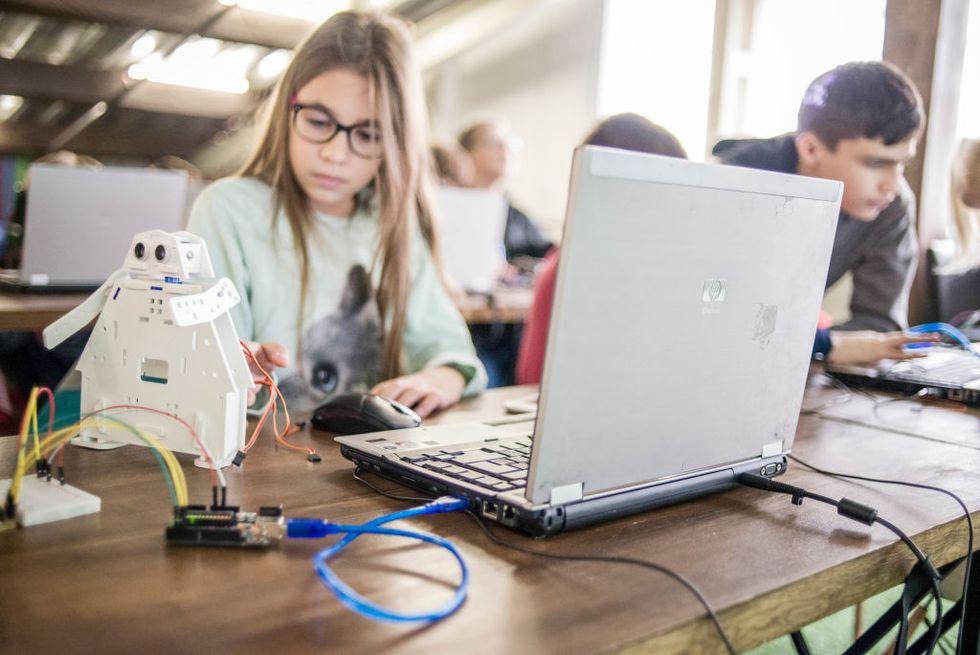
Science is often considered a male-dominated field. In fact, according to United Nations data, less than 30% of scientific researchers worldwide are women.
Studies have shown that women are discouraged from, or become less interested in, entering the fields of science, technology, engineering and math (STEM) beginning at a young age. And according to the Pew Research Center, women remain underrepresented in engineering, computer science and physical science.
But despite challenges of gender discrimination and lack of recognition in the scientific community, countless inspiring women in these fields have made historic contributions to science and helped advance understanding of the world around us.
Many were not recognized in their own lifetimes, but their achievements have helped generations of female scientists to come. We all learned about Marie Curie and Jane Goodall, but here are 10 more women in science you should know.
- 0 Comments
- Feb 19, 2020 10:00:00 AM
- Posted by Natalia Galvis
- Topics: EdTech, STEM, 21st Century Classroom, Technology, Elementary, STEMchat, Edchat, girlsinSTEM
Benefits of Technology in the Classroom

As we sail through the 21st century, technology in the classroom is becoming more and more predominant. Tablets are replacing our textbooks, and we can research just about anything that we want to on our smartphones. Social media has become commonplace, and the way we use technology has completely transformed the way we live our lives.
Educators, too, have seen firsthand the benefits of technology in the classroom. They also recognize the importance of developing these technological skills in students so they will be prepared to enter the workforce once they complete their schooling.
- 0 Comments
- Feb 17, 2020 10:10:00 AM
- Posted by Natalia Galvis
- Topics: EdTech, STEM, 21st Century Classroom, teachers, Robots,, Technology, Elementary, STEMchat, Edchat, Digital Technology
Challenges in STEM education and how teachers can overcome them
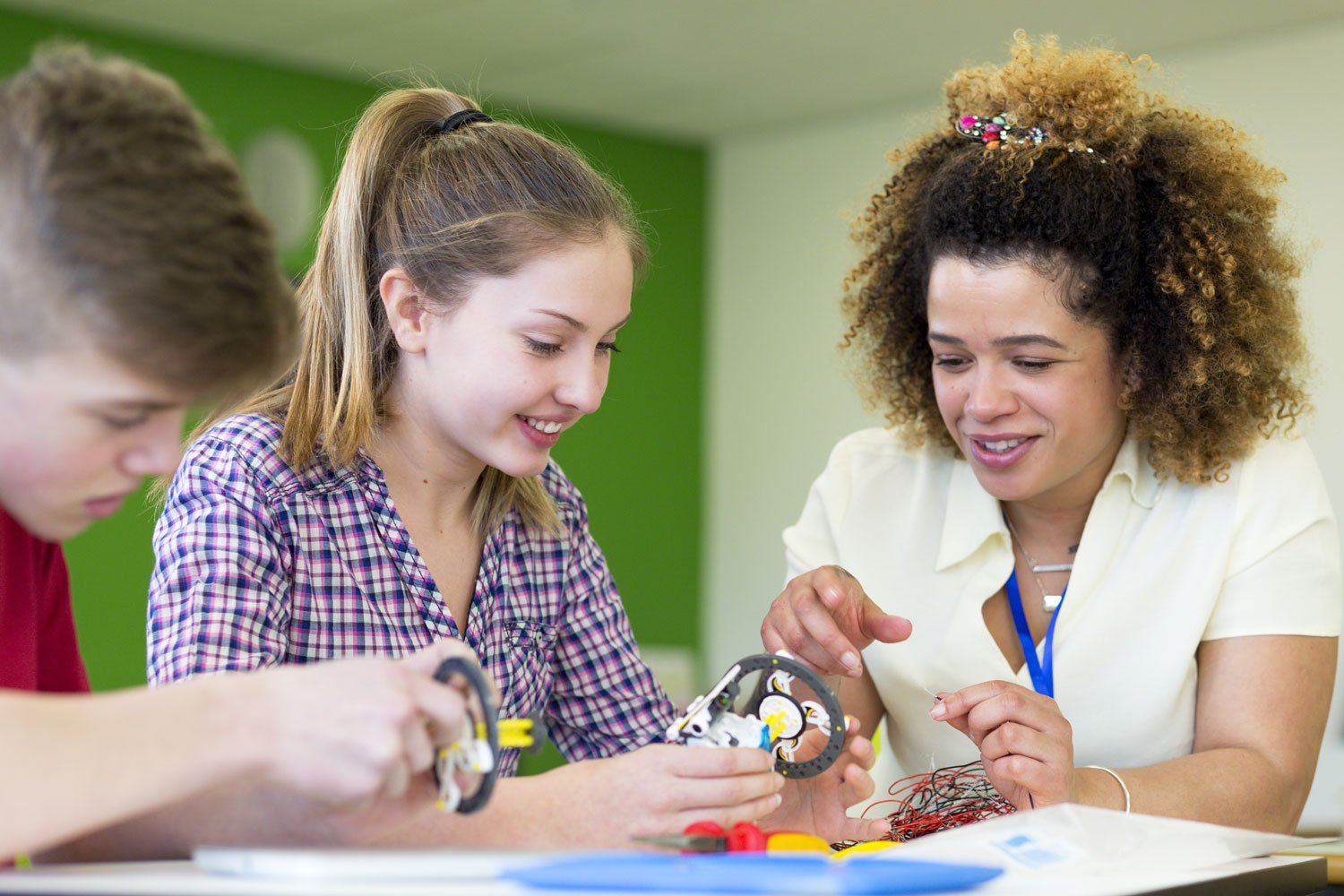
Teachers are a huge influence on a student’s choice of subject matter or their decision to pursue a STEM career. The evidence from the ICM-S survey suggests that students’ decisions to study STEM in college can be directly influenced by classroom instruction and teacher advising. However, student motivation can be a huge problem for even the best of teachers. But teachers also face a lot of challenges when it comes to STEM education.
Here are the top challenges that most teachers face and a few suggestions for how to tackle them.
- 0 Comments
- Feb 14, 2020 10:00:00 AM
- Posted by Natalia Galvis
- Topics: Robotics, EdTech, STEM, 21st Century Classroom, teachers, Robots,, Elementary, STEMchat, Edchat
Curious About Classroom Makerspaces? Here’s How to Get Started.
Makerspace is a rapidly growing trend in schools across the country, but to be honest, I’ve never implemented one myself, and I can’t quite picture the logistics of orchestrating a Makerspace. How do kids know what to do? How can you find out what they’re learning? How do you make time for that with all the other tasks crammed into the school day? And how do you keep the Makerspace from turning into a chaotic mess?
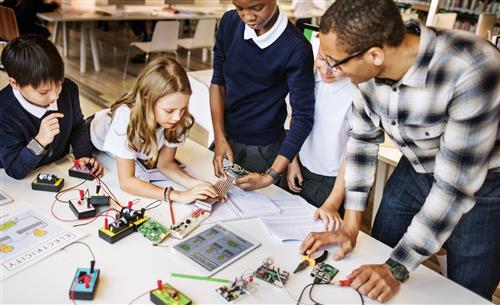
- 0 Comments
- Feb 13, 2020 10:08:52 AM
- Posted by Natalia Galvis
- Topics: Robotics, EdTech, STEM, 21st Century Classroom, Robots,, Elementary, Makerspace, STEMchat, Edchat
5 Benefits of STEM for Girls
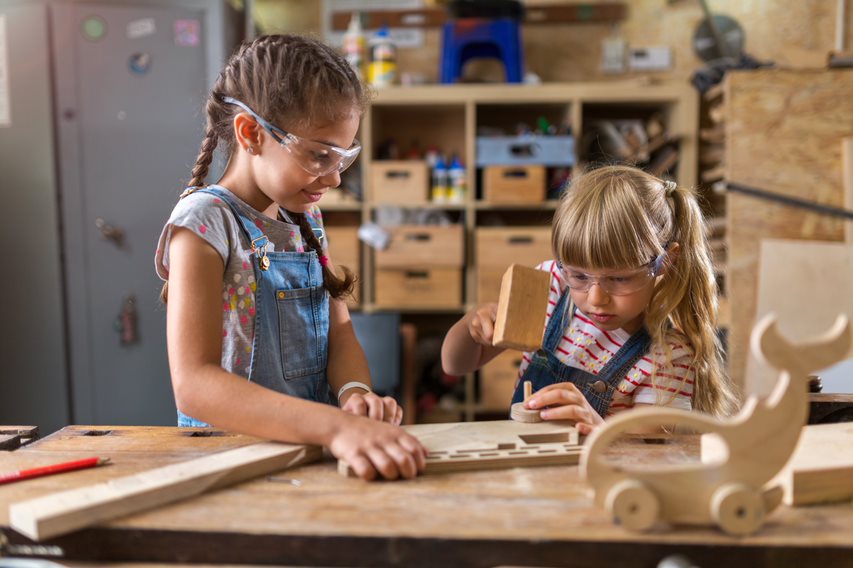
As technology advances, STEM for girls is becoming increasingly relevant. Yet, despite this importance, many still believe that STEM is not for girls. Nonetheless, evidence shows that such thinking is not the reason but the cause of us having a lack of women in STEM.
Let’s investigate what the benefits of STEM for girls are.
- 0 Comments
- Feb 12, 2020 10:10:00 AM
- Posted by Natalia Galvis
- Topics: Robotics, EdTech, STEM, 21st Century Classroom, Robots,, Elementary, STEMchat, Edchat
How Is AI Used In Education - Real World Examples Of Today And A Peek Into The Future

While the debate regarding how much screen time is appropriate for children rages on among educators, psychologists, and parents, it’s another emerging technology in the form of artificial intelligence and machine learning that is beginning to alter education tools and institutions and changing what the future might look like in education. It is expected that artificial intelligence in U.S. education will grow by 47.5% from 2017-2021 according to the Artificial Intelligence Market in the US Education Sector report. Even though most experts believe the critical presence of teachers is irreplaceable, there will be many changes to a teacher’s job and to educational best practices.
- 0 Comments
- Feb 11, 2020 10:00:00 AM
- Posted by Natalia Galvis
- Topics: Robotics, EdTech, STEM, 21st Century Classroom, Artificial Intelligence, Robots,, Elementary, STEMchat, Edchat, AI
The Real Importance of STEM Education in Elementary School
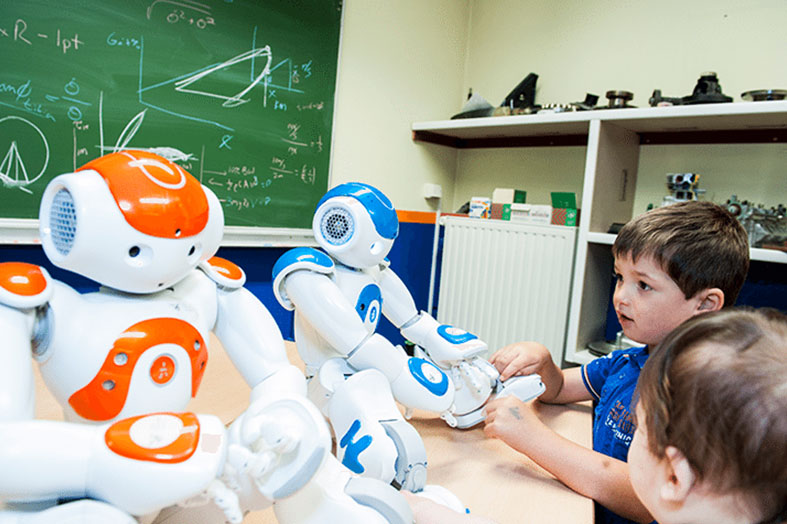
As a nation, our education industry has recognized a shortcoming in our students. We’ve fallen behind other industrialized countries in terms of STEM-related fields, which include Science, Technology, Engineering, and Mathematics. Not only does a STEM-focused education open students to new subjects, it also allows for different learning methodologies to be utilized.
- 0 Comments
- Feb 10, 2020 10:00:00 AM
- Posted by Natalia Galvis
- Topics: Robotics, EdTech, STEM, 21st Century Classroom, Robots,, Elementary, STEMchat, Edchat
Relevant Posts
Popular Posts
Subscribe to Email Updates
-
I Want To Learn MoreADDITIONAL INFORMATION


